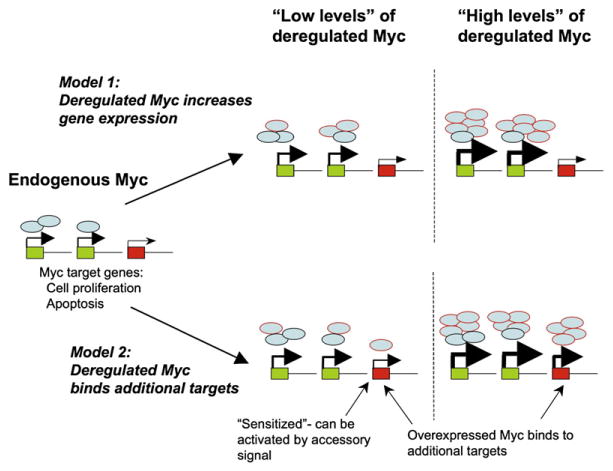Figure 1. Differential Effects on Target Gene Expression by Endogenous and Deregulated Myc.

Two models for how different levels of Myc influence gene expression programs. Myc protein expressed at physiologic levels (depicted as blue ovals) from the endogenous myc locus occupies promoters of target genes (green boxes) and activates gene expression. Arrowhead size corresponds to relative level of expression. Some potential Myc target genes (red boxes) are not bound or activated by endogenous or low levels of Myc (e.g., due to low-affinity Myc binding sites). Following deregulation, low or high levels of Myc protein (shown as blue ovals with red borders) may either bind and amplify expression of the same Myc target genes as endogenous Myc (model 1) or bind and increase expression of additional Myc targets (model 2). At low Myc levels, the new targets may become “sensitized” in that other signaling pathways can cooperate with Myc to activate gene expression, a requirement that may not be necessary at high levels of Myc. Myc target genes in the apoptotic pathway may be examples of this effect.
